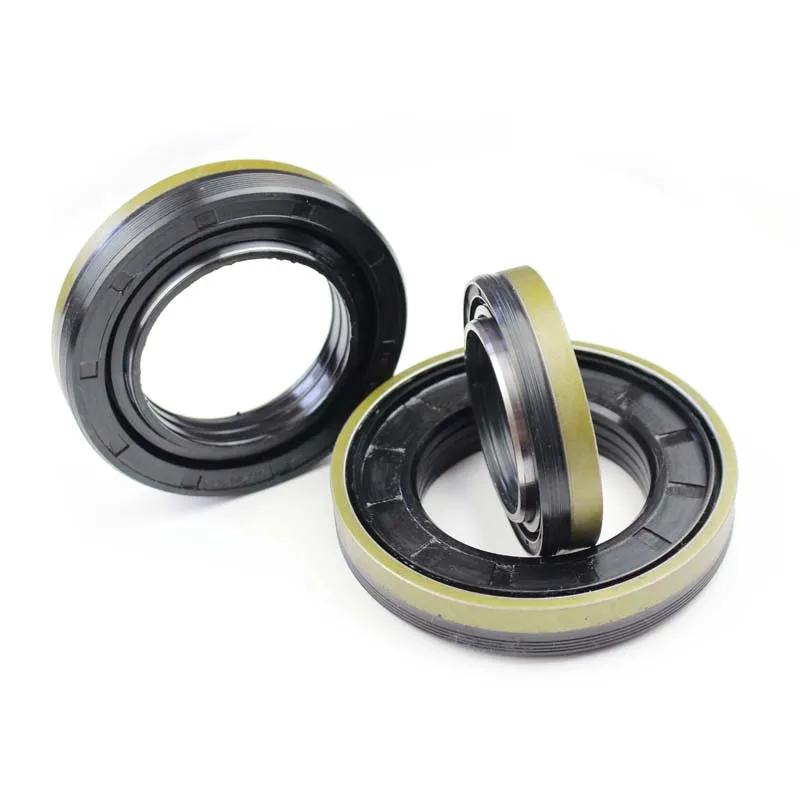global o rings
The Importance of O-Rings in Modern Engineering
O-rings are simple yet highly effective mechanical components that play a crucial role in various engineering applications. These circular sealing elements are made from elastomeric materials and are designed to prevent the leakage of fluids or gases. Their versatility and reliability make them an essential component across many industries, including automotive, aerospace, oil and gas, and manufacturing.
What Are O-Rings?
An O-ring is a loop of elastomer with a round cross-section, which allows it to create a powerful seal when compressed between two surfaces. This design enables them to fill the space between two mating parts, forming a tight seal that can withstand pressure, temperature fluctuations, and exposure to various chemicals. O-rings are typically used in static applications but can also function effectively in dynamic systems, where they may be subject to movement.
Material Selection and Customization
One of the significant advantages of O-rings is the variety of materials available for their manufacture. Common choices include nitrile rubber (NBR), fluorocarbon (FKM), silicone, and polyurethanes, among others. Each material offers distinct properties suited to specific environmental conditions. For instance, while NBR is excellent for oil resistance, fluorocarbon provides superior high-temperature resilience. The choice of material is crucial, as it directly affects the performance and longevity of the O-ring in its application.
Moreover, O-rings can be customized in size and shape to fit various mechanical designs. This customization ensures that engineers can implement O-rings in a broad range of applications, from small household appliances to large industrial machines. The ability to tailor O-rings to specific needs enhances their effectiveness and reliability in sealing operations.
Applications in Different Industries
In the automotive industry, O-rings are indispensable. They ensure that engines, fuel systems, and braking systems function efficiently by preventing leaks that could lead to hazardous situations. For example, O-rings are often found in fuel injectors and oil seals, where their ability to prevent fluid leakage is critical for the vehicle's operational integrity.
global o rings

In aerospace applications, O-rings are used in hydraulic systems and engine components where high pressure and extreme temperatures are the norms. They are designed to withstand the harsh environments of space travel, ensuring that various systems function reliably during missions.
The oil and gas industry also heavily relies on O-rings for sealing in drilling equipment and pipelines. Here, the stakes are particularly high; the integrity of the seal can mean the difference between safe operations and catastrophic failures. O-rings help maintain pressure in these systems, preventing leaks that could harm the environment or personnel.
Quality Control and Standards
Given their vital role in maintaining system integrity, the manufacturing of O-rings is subject to stringent quality control measures. Various industry standards, such as those set by the American Society for Testing and Materials (ASTM) and the International Organization for Standardization (ISO), govern the production and testing of O-rings. These standards ensure that the materials used, as well as the manufacturing processes, meet specific performance criteria, thereby minimizing the risk of failure.
Innovations and Future Trends
As technology continues to advance, so too does the evolution of O-ring design and materials. Innovations in manufacturing techniques, such as additive manufacturing, are paving the way for new possibilities in O-ring production. Additionally, the development of advanced materials, such as thermoplastic elastomers (TPE), offers enhanced performance attributes, like greater durability and resistance to environmental factors.
Furthermore, ongoing research into nanomaterials may lead to O-rings with even higher levels of performance, paving the way for their use in emerging applications, like renewable energy systems and advanced medical devices.
Conclusion
O-rings exemplify the marriage of simplicity and functionality in engineering. Their importance in creating reliable seals cannot be overstated, as they play a pivotal role in ensuring the safety and efficiency of countless systems in varied industries. With ongoing innovations in materials and manufacturing processes, the future of O-rings appears bright, marking them as indispensable components in the evolving landscape of engineering. Their ability to adapt and improve over time underscores the significance of this unassuming yet essential mechanical sealing element.
-
Understanding the Front Main Engine Seal: Purpose, Maintenance, and Installation
News Jul.29,2025
-
Understanding O-Rings and Seal Rings: Types, Applications, and Custom Solutions
News Jul.29,2025
-
Understanding Crankshaft Oil Seals: Rear Seals, Pulley Seals, and Their Role in Engine Integrity
News Jul.29,2025
-
The Importance of Front and Rear Crankshaft Seals in Engine Performance and Oil Management
News Jul.29,2025
-
Crank Oil Seals: Functions, Types, and Cost Considerations in Engine Maintenance
News Jul.29,2025
-
A Comprehensive Guide to O-Rings and Seals: Types, Materials, and Global Applications
News Jul.29,2025
-
Mastering Diesel and Performance Engine Maintenance: A Guide to Critical Oil Gaskets
News Jul.28,2025
Products categories















